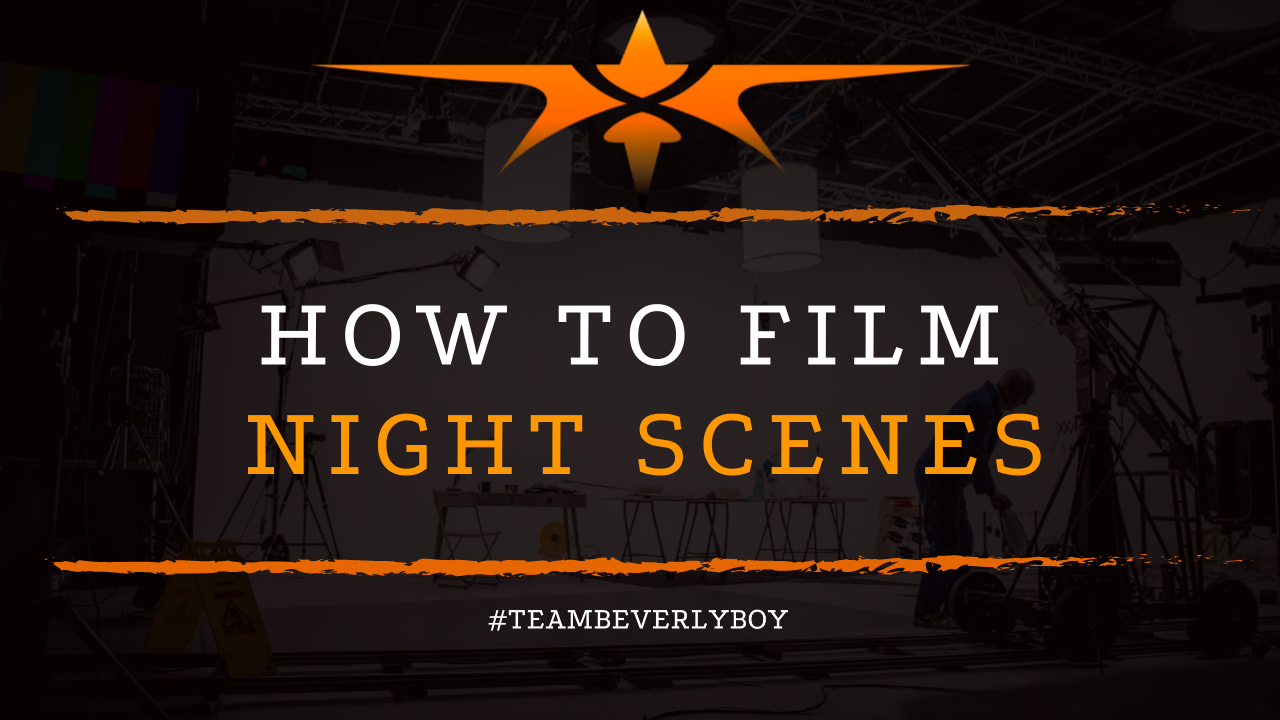
How to Film Night Scenes
Filmmaking during the day is one thing, filmmaking at night, something entirely different. As an aspiring cinematographer, you’ve probably spent a lot of time focused on filming during the day, but not so much yet at night. Perhaps it’s because of the intricacies involved or maybe its that you lack equipment. Whatever it is, learning how to film night scenes is an important step for any aspiring cinematographer to take, but achieving perfect night shoots is definitely complex.

To help you achieve night filming success, consider the following tips from the pros.
1. Consider Shooting Wide
Capturing a wide angle shot allows more light to transfer into your camera over the sensor to provide more details of the scene. If you can’t light the scene, let the little bit of light that’s available for the scene do the work!
Having detailed scenery in your night shots is important to delivering a profound impact for your audience.
2. Use Manual Focus
Don’t let your camera do the work. Auto-focus is not going to be valuable when shooting at night. In order to film night scenes that are going to amazing your audience, you need to stop being lazy!
The use of auto-focus is going to result in your shots being less than ideal. You’ll waste time while your camera attempts to focus on something that is less than what you should be filming.
Instead, use manual focus and tell your camera what the focal point of your scene is – it will be worth it!
3. Pool Your Lighting
Don’t create a blanket of light the covers the area, instead practice pooling your light so that a particular area will have the appearance of natural light shadowing.
Try to aim for the appearance of realistic drops of moonlight or the occasional glimmer of a street lamp nearby rather than trying to create the vision of daylight – after all, we’re here to learn how to film night scenes, not day scenes!
4. Use Reflectors to Create the Desired Lighting
Reflectors allow you to position the lighting in the right area without lighting the entire scene. Use reflectors and white cards to your advantage to bring out the blues, purples, and darker colors of the scene that would be expected from a night shot.
The use of reflectors is a bit warmer and less exposing than you might have if you were to use direct lighting from a street light or from headlights. You can get a similar effect, by reflecting the light off of other elements in the scene to soften it up a bit.
5. Silhouette Subjects
Finally, when learning how to film night scenes, one of the best things you can do is to use silhouettes to your advantage. Silhouette your subject so that your audience can see their outline in the light.
This is a great way to allow the limited light of your scene to create a soft, subtle appearance on the film that is totally worth it, especially if you’re looking for dramatic.
6. Things to Avoid
Try to avoid slow motion, or the overuse of light in your night scenes. It’s also important that you avoid setting your ISO too high when filming. While it may be tempting, it won’t be helpful in the end.
Doing so will only muddy up your shots and leave you with a lot of noise to correct in the end. So, as you learn how to film night scenes, you’ll want to avoid setting your ISO too high.


